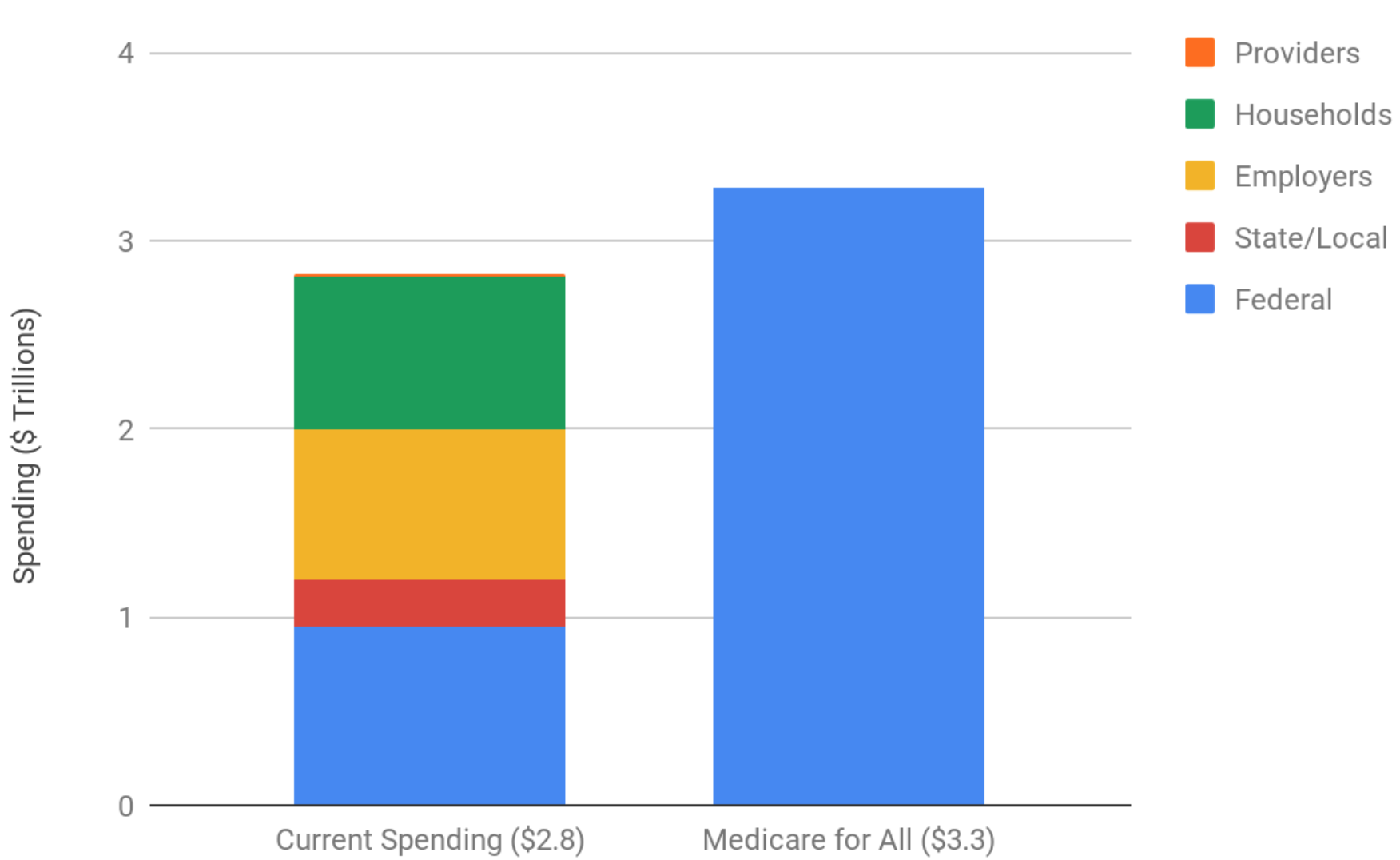Please share this to help keep your community informed.
I am a primary care doctor in the Seattle area. My office is fielding lots of calls from worried patients asking if they can be tested for COVID-19. Unfortunately, we are asking many to just stay home, isolate themselves, and monitor symptoms. Many are understandably frustrated with this response, but I want to let you know why we are doing this.
1) Testing capacity is extremely limited currently.
King County has a population of 2.2 million people but our capacity for testing is only a few thousand per day. Trying to test everyone would take over a year at current capacity. Given this, we’re trying to identify people for whom a positive test is most probable and meaningful which includes healthcare workers, people with serious underlying illnesses, and people who are currently hospitalized with respiratory symptoms.
2) Personal protective equipment (PPE) is extremely limited.
One of the reasons that we are prioritizing testing for people who are hospitalized is that any patient with respiratory symptoms in the hospital must be presumed to have COVID-19 until we get a negative test and an alternative diagnosis. This means that every time a health worker enters their room we need to use fresh gowns, gloves, masks, and eye shields. We do this not only to keep ourselves from getting sick, but also to prevent spreading illness to others in the hospital. As these supplies are EXTREMELY limited, we need to prioritize testing for hospitalized patients.
3) Getting tested at a primary care practice puts others at risk.
If someone with COVID-19 comes into a primary care practice, they can potentially infect the other patients we are caring for there which includes lots of vulnerable people with underlying health conditions that we are trying to keep safe. Because we must use PPE while doing testing at the clinic, this makes less available for the hospitals where it is even more vital.
4) A positive or negative test doesn’t current change our recommendations for you.
All people with fever or cough are being asked to isolate themselves AS IF they had COVID until at least 3 days after their symptoms resolve. I know it sucks to have to aggressively isolate yourself while ill, but it’s the best thing you can do to protect your family, friends, and community right now.
What can you do?
- Contact your representative, congresspeople, and governor and demand that the Defense Production Act be used for large scale federal manufacturing of increased COVID-19 testing supplies, PPE, and other vital medical equipment.
- Take isolation seriously if you have infectious symptoms.
- Stay in contact with a primary care doctor’s office if you’re having symptoms, especially if you are worried about your ability to take care of yourself at home. We are here for you always.
- Make sure your state or county department of health has a website that is kept up to date with testing recommendations. As testing becomes more widely available, these recommendations may change and the local department of health is your best bet for current, accurate information.



